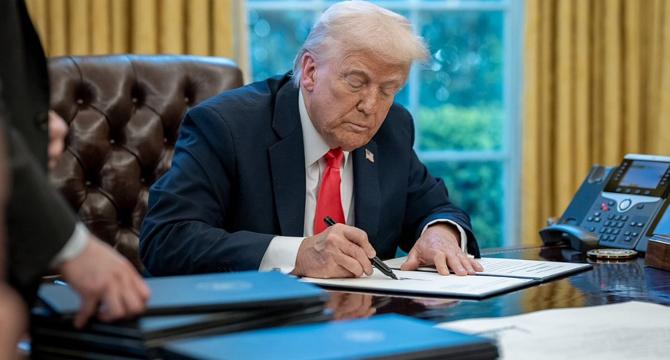Bloomberg Quint
1w
34

Image Credit: Bloomberg Quint
US Tariffs Could Shrink Global Trade By 3%: UN Economist
- Global trade could shrink by 3% due to US tariffs, leading to shifts in trade patterns and economic integration, says UN economist.
- US President Donald Trump's tariff plan, with a 90-day pause, may result in exports moving from US and China to India, Canada, and Brazil.
- Countries like Mexico, China, and Thailand are among the most affected by the tariffs, with significant impact on global GDP projected by 2040.
- Developing countries are advised to prioritize diversification, value addition, and regional integration to navigate global shocks effectively.
- China imposing 125% tariffs on US imports signals a long-term strategic approach, aiming to outlast and outmaneuver the US in the trade war.
- Beijing shifting away from symmetrical retaliatory tariffs indicates a focus on economic ties in Southeast Asia to buffer its economy and expand diplomatic clout.
- The ongoing trade tensions between the US and China are causing a virtual halt in goods trade between the two largest economies.
- Both Washington and Beijing may eventually need to re-engage and manage the trade situation for long-term stability, suggested by experts.
- Chinese President Xi Jinping is aiming to outlast and outmaneuver Trump's tariff strategies by focusing on long-term strategic advantages.
- Beijing's goals include economic buffering, expanding diplomatic influence, and applying pressure on US allies in the trade negotiations.
Read Full Article
2 Likes
For uninterrupted reading, download the app